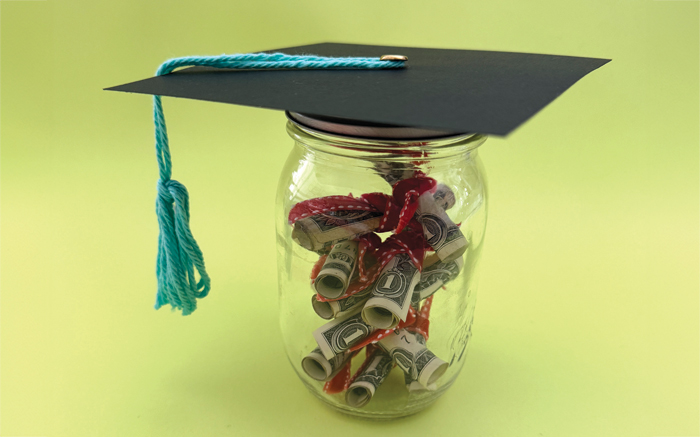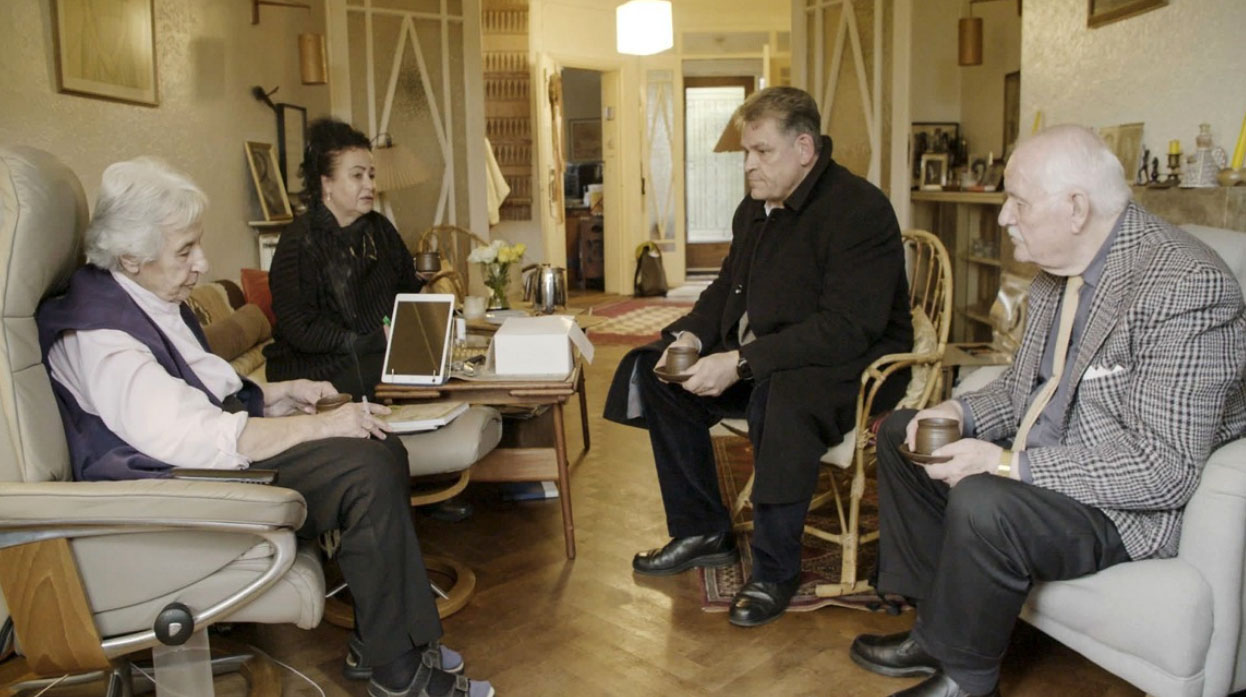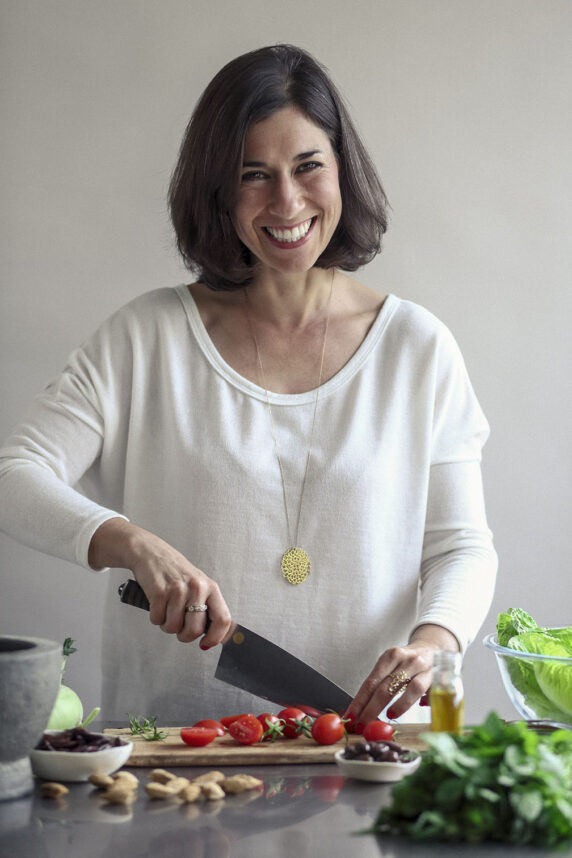After getting wait-listed at her top three colleges, Liora Simozar seemed poised to go to UCLA. She had already sent in her acceptance when, out of the blue, she heard back from Harvard.
“It was an emotional roller coaster to some extent,” said Simozar, 18, a senior at Beverly Hills High School. “Most students on the wait list assume the worst and start to feel good about the school they’ve committed to. This was definitely a surprise.”
The now Harvard-bound graduate, who is vice president of her class, said there were a lot of surprises during this year’s college admissions season. Some students were turned away from their safety schools while others gained admission to top-tier universities they never expected to get into. Many more students this year were placed on the dreaded wait lists, as colleges proceeded with caution when gauging the number of kids who would accept offers for coveted spots.
As the largest pool of high school seniors on record — about 3.2 million by national estimates — prepares to matriculate in the fall, students and school counselors say this year was marked, more than anything else, by uncertainty.
“There were some really astonishing results this year,” said Jeannie Borin, founder and president of Los Angeles-based college consulting firm College Connections.
Competition crackled as more applicants than ever vied for seats at top schools, causing scores of qualified applicants to be turned away. But at the same time, the languid economy drew more students to state schools, as cost-conscious families sought ways to save on tuition. The shift had colleges building up their wait lists as officials tried to predict who would commit to their incoming freshman class.
“The economy definitely had an effect on the way colleges were responding,” said Joe Blassberg, college guidance director at Milken Community High School. “A lot of colleges were wait-listing more students so they would have a buffer, but there wasn’t much wait list activation so they obviously made their yield.”
Even if students got into the schools of their choice this year, many families had to narrow their prospects as the economy plunged and college savings funds were wiped out.
Ten to 15 percent of families at Milken had to rethink their college options because they could no longer afford the high cost of tuition at private universities, Blassberg said. “Some families are having to accept the fact that they need to go to a college that is more cost-effective for them,” he said. “That has been a bigger point of consideration than it has been in years past, because people might have less money to invest in education this year.”
As a result, more students will be heading to the UC system than in previous years, he said.
UCLA is seeing the effects of the recession in several ways, said Ronald Johnson, director of the school’s financial aid office. Appeals from students who were initially turned away are up 20 percent this year, he said, as families who have lost their jobs or their savings look toward the state school system as the more affordable — and perhaps the only — alternative.
The school’s chancellor also allotted $250,000 in grant money this year to help struggling students.
“There could be considerable financial stressors on students and families in the coming year,” Johnson said, especially as the Cal Grant program faces elimination under the governor’s current state budget proposal. “We estimate that we’ll see a lot of hardship.”
More graduating seniors this year are opting to delay the burden of college tuition by enrolling in community colleges for the first two years, said Borin, the college consultant. Many UC schools have a Transfer Admission Guarantee (TAG) program that offers guaranteed admission to students who complete a set of core courses at a community college.
But most students were already aware of the “financial realities” of college when they applied, said Celeste Morgan, director of college guidance at New Community Jewish High School. Students who created balanced college lists avoided finding themselves in a bind when the admission letters started coming in, she said.
“Most students applied to a variety of schools that fit their particular family’s circumstances, whether it was public schools versus private schools, or in-state versus out-of-state,” Morgan said.
Simozar, the Beverly Hills High School senior, said most of her friends got into schools that were “a good fit” and were not disappointed. The future mathematics major said students are excited about their options and ready to embark on a vast array of educational journeys.
“It’s amazing to see how spread out we’re going to be, after being so close for the last four years,” she said.






















 More news and opinions than at a Shabbat dinner, right in your inbox.
More news and opinions than at a Shabbat dinner, right in your inbox.